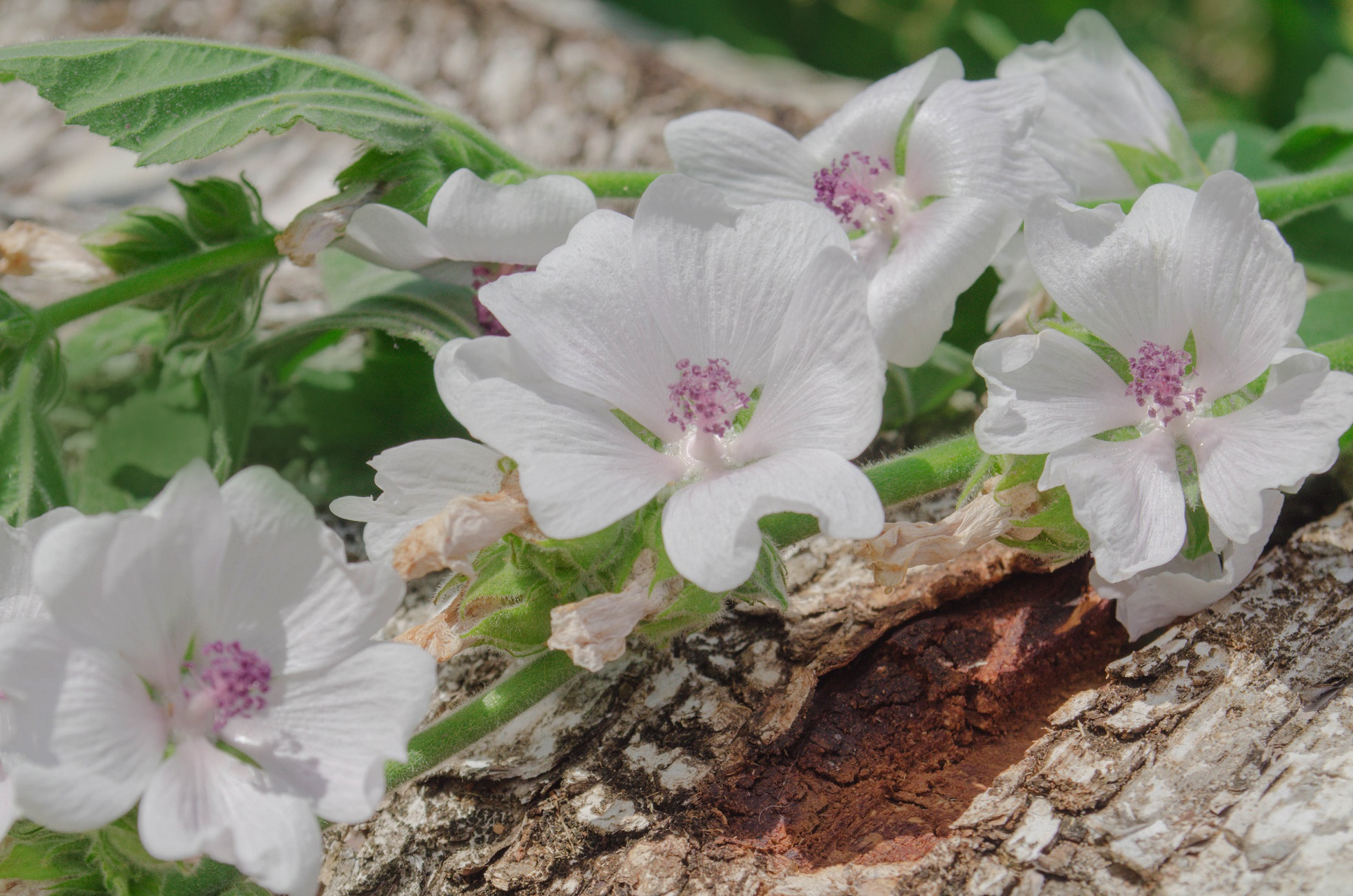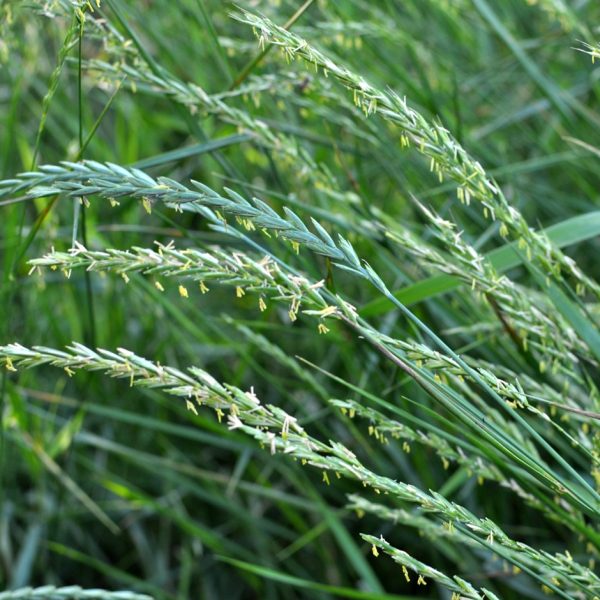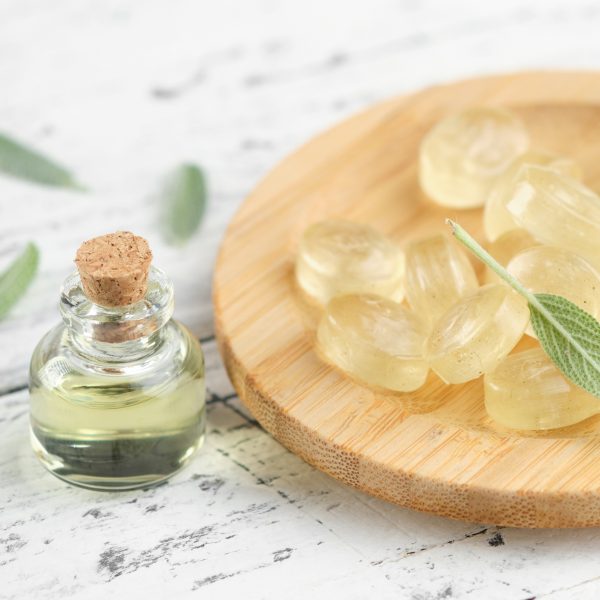
Marshmallow is a herb used widely in herbal medicine. Though not currently endangered, loss of habitat is decreasing populations and current demand threatens wild populations.
Marshmallow (Althaea officinalis), commonly known as marshmallow, is a perennial herb native to Europe, Asia, and North Africa. In these areas of the world, it has a long-standing history of use as food and for its medicinal purposes, with its roots, leaves, and flowers valued for soothing inflammation and treating respiratory, urinary and gastrointestinal ailments.
For many modern people, when they hear of marshmallow, what comes up in their minds is not a wetland plant, but a squishy sweet treat that they can dip into their hot chocolate or roast over an open fire. But the confectionery known today as marshmallow, while not actually containing any Althaea officinalis, gets its name from the plant, which was traditionally used to make sweets similar to marshmallows. Still today, syrups, tables, powders, teas containing marshmallow are commonly available on the market in countries such as Austria, Czech Republic, Germany, Hungary, Latvia, Lithuania, Poland, Slovakia, Slovenia, Spain and the UK (1).
Wild plant populations

Marshmallow grows well in moist, well-drained soil, often in marshy environments, alongside rivers, or in damp meadows. While native to the UK (but considered non-native in Ireland), wild plant populations of marshmallow have been on the decline in the last centuries. This is thought to be due to drainage and development in coastal regions and locally through overgrowing of ditches or opening them up to livestock (2). Though during the last decades, populations have been noted to grow again, due to garden escapes and deliberate introductions.
In Europe, wild Althaea officinalis plant populations, while not yet being considered endangered, are on the decline. The most pressing stressors to plant populations being change of land use, leading to a degradation or total loss of suitable habitats. This assessment by the IUCN stems from 2013 and it is unknown what kind of trajectory the population trends have taken these last 11 years. Thus, the current status is somewhat unknown.
Another predicted stress for Althaea officinalis wild plant populations is the predicted increase in drought across the world. It is likely that the wetlands in the mediterranean areas, as well as central European areas will be affected by droughts, presenting a further risk to wild plant populations of Althaea officinalis (3). While this plant is commonly cultivated, it is also still wild harvested. Wild harvesting can pose a further pressure on wild populations, however, if done sustainably, it can also protect them.
Global trade

Marshmallow grows very well in the UK climate, and could arguably be cultivated in the UK for the UK market. Yet, very little, if any, Althaea officinalis on market in the UK, comes from the UK. Many herbs that are native to Europe or can be grown in its climate are cultivated or wild harvested in eastern European countries, such as Albania, Bulgaria, Hungary, Kosovo and Poland. In terms of ‘food miles’, or rather ‘herb miles’, this doesn’t bear well for a sustainable herbal medicine market. Unfortunately, marshmallow is not alone in this. We could easily cultivate nettles, cleavers and other native herbs that grow well in our climate, but due to socio-economic as well as geographic reasons, this is not the case. This is also not to say that herbs grown in other countries are always lower quality than locally sourced ones. Other countries might have a better climate for drying herbs. Or they may have a more favourable climate for the development of certain constituents.
As with foods, when it comes to sustainability, there are usually no simple answers. One such example from the food industry that shows local is not always better is the production of onions. Generally, it is more energy efficient and thus sustainable to produce onions for the UK market within the UK compared to New Zealand. However, to store onions and be able to sell them all year round, eventually the energy cost of storage tips this balance, which means that eventually the onions grown in New Zealand are more energy efficient and thus a more sustainable option for the British consumer (4). This seems counterintuitive, but shows the complexity of a truly sustainable choice.
‘Local’ is not always better. Local and seasonal? Perhaps. To understand the use of a herb from a sustainability point of view, it is also crucial to realise the scale of the market. While it is challenging to find any detailed reports on export figures for a particular herb, one study shows that in 2001 Bulgaria alone exported 143 580 kg of dried marshmallow root and 4300 kg of leaf, offering a glimpse into the scale of trade with marshmallow, just from one country and one year (5). Luckily for wild plant populations, these quantities of root and leaf stem from cultivated sources, rather than wild.
Wild harvest and cultivation
While wild harvesting usually has a long standing tradition, in many countries, the traditional knowledge is being lost, either due to emigration, changes in land use, or geopolitical disruptions. The work is often not very attractive to young people, not paid very well or people now simply lack the knowledge and thus wild harvesting ceases. Additionally, the cultivation and wild harvest of medicinal herbs is financially risky for small farmers. To compete on the global market, they often have to fulfil high quality standards, and if their crops fail these, they may lose the whole crop, or get very little for it. To be able to compete with low prices for their crops they have to invest in getting machinery to do harvests en masse, an investment only few small farmers can afford (6). Often these farmers and collectors have to go into partnerships with bigger companies, which usually means those companies have more power in setting demands and prices. However, these partnerships can also prove beneficial to collectors and growers, if they are part of a supportive and sustainable supply chain, rather than an exploitative one.

One producer in Kosovo, Agroproduct sh.p.k, has been working with collectors around the country, offering training as well as establishing processing facilities and providing fair wages to their collectors and growers. They are now offering over 60 products from wild collection sites, which are often areas with high biodiversity, and strict conservation protection(7). Collectors are trained in sustainable plant harvest rates and monitoring takes place to control the impact this has on the environment(8). The land is Organic and FairWild certified, offering the greatest protection for land and people. Why ‘Organic’? you may ask. No pesticides are used, if the herbs are gathered from the wild. Why would organic certification be needed?
While it is true that no pesticides are being used, when wild harvesting, pesticide contamination is still a great concern for those herbs. Non-point source pollution refers to pollution of the environment that does not originate from a single, identifiable source but rather comes from multiple, dispersed sources. It is a significant concern for the cultivation and collection of medicinal herbs, as more and more land is being used for agricultural or industrial production, where chemical residues such as heavy metals, pesticides or petroleum products can escape into the environment, most commonly by wind or water (8). Recent studies found that around the world wild harvested herbs showed concerning levels of heavy metal and pesticide residues more commonly compared to cultivated ones, eliciting this problem for wild harvested herbs(10,11). One study found that 45% of pesticides detected were not approved by the European Union Commission(11). Organically grown herbs are subjected to rigorous testing to detect levels of pesticides, which would perhaps otherwise go unnoticed. And organically certified land is often surrounded with a ‘buffer’ zone, to protect it from any pollution that might occur due to the use of pesticides on neighbouring land.
The work that companies such as Agroproduct sh.p.k do is incredibly important. It not only preserves the traditional knowledge around the cultivation and collection of medicinal plants, but by enabling people in rural areas to gain a sufficient financial income from their biodiversity rich landscapes in an environmentally sustainable way, it also protects those environments from being used in other potentially more harmful ways. Additionally, by certifying the land and the plants gathered from it ‘Organic’ humans are committing more and more to keep the environment free from pesticides.
While little data is available on the overall population status of wild Marshmallow plants, it seems that due to its broad range of habitats across the globe, and perhaps due to its long standing importance as a medicinal herb, Marshmallow is not, as such, threatened with extinction. It is commonly cultivated in many countries, as well as wild-harvested in some. While wild-harvest of herbs can be a stressor on the natural environment, it can also be done in a supportive and sustainable way. Therefore Marshmallow can be easily used as a sustainable medicinal plant, and perhaps even in case of other herbs that are less easily accessed in a sustainable way, such as Slippery Elm, which, often used in a similar way, faces more issues in regards to its survival, of which you can read more about in our article on the sustainability of slippery elm.
While wild plant populations of Marshmallow are not existentially threatened at this point, it is still crucial to familiarise ourselves with where we source our herbs, how they were grown and harvested and how the people involved in the process are doing.
References
- Khela, S. 2013. Althaea officinalis (Europe assessment). The IUCN Red List of Threatened Species 2013: e.T202921A2758027. Accessed on 30 September 2024
- IPCC, 2021: Summary for Policymakers. In: Climate Change 2021: The Physical Science Basis. Contribution of Working Group I to the Sixth Assessment Report of the Intergovernmental Panel on Climate Change [Masson-Delmotte, V., P. Zhai, A. Pirani, S.L. Connors, C. Péan, S. Berger, N. Caud, Y. Chen, L. Goldfarb, M.I. Gomis, M. Huang, K. Leitzell, E. Lonnoy, J.B.R. Matthews, T.K. Maycock, T. Waterfield, O. Yelekçi, R. Yu, and B. Zhou (eds.)]. Cambridge University Press, Cambridge, United Kingdom and New York, NY, USA, pp. 3−32, doi:10.1017/9781009157896.001.
- Saunders C, Barber A, Taylor G. Food Miles – Comparative Energy/Emissions Performance of New Zealand’s Agriculture Industry. 2006.
- Evstatieva L, Hardalova R. and Stoyanova K. Medicinal plants in Bulgaria: diversity, legislation, conservation and trade. 2007 Phytologia Balcanica 13(3): 415-427.
- Taylor A. Challenges Faced by Albania’s Medicinal Herb Industry – Exit – Explaining Albania. Exit – Explaining Albania. Published July 2, 2020. Accessed October 17, 2024. https://exit.al/en/challenges-faced-by-albanias-medicinal-herb-industry/
- Collection – Agroproduct. Agroproduct. Published November 16, 2022. Accessed October 17, 2024. https://www.agroproduct-shpk.com/en/collection/
- Agroproduct sh.p.k — FairWild Foundation. FairWild Foundation. FairWild Foundation. Published March 3, 2020. Accessed October 17, 2024. https://www.fairwild.org/all-fairwild-participants/agroproduct-shpk
- Sullivan P J, Agardy F J, Clark J J. The Environmental Science of Drinking Water. 2005. https://doi.org/10.1016/B978-0-7506-7876-6.X5001-5.
- Harris E, Cao S, Littlefield B, Craycroft J, Scholten R, Kaptchuk T, Fu Y, Wang W, Liu Y, Chen H, Zhao Z, Clardy J, Woolf A, Eisenberg D. Heavy metal and pesticide content in commonly prescribed individual raw Chinese Herbal Medicines, Science of The Total Environment, Volume 409, Issue 20, 2011, Pages 4297-4305, https://doi.org/10.1016/j.scitotenv.2011.07.032.
- Siméon F, Coralie A, Clara L, Johann H, Sylvain K. Pesticide residues in botanics used in feed additives: focusing on wild vs cultivable plants. 2019
































